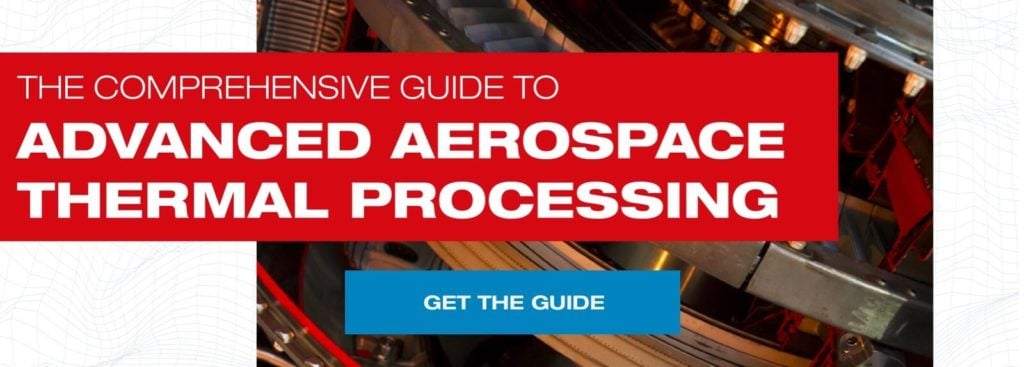Savvy manufacturers use contingency planning and other strategies to safeguard against supply chain disruption, but sometimes, external factors (global pandemics and shipping canal disasters come to mind) shock the system to such a degree that even the best planners feel the effects. And typically, the more complex and globalized a supply chain is, the more opportunity exists for things to go wrong. The automotive market, for example, is one of the most complex supply chains on the planet—a typical car has around 30,000 parts, usually coming together from many different tiered suppliers for final assembly before a vehicle finally rolls off the line.
As we discussed in our article on the supply chain bullwhip effect, issues grow in magnitude as they travel down the chain, with the final stages of a supply chain feeling the greatest shocks when consumer demand shifts, raw materials become scarce, or other disruptions occur.
Why is heat treat turnaround so important now?
Because heat treating is often one of the later stages in the supply chain (for all markets we serve, not just automotive), our timelines are often squeezed up against a hard and fast delivery deadline. If you’re a manufacturer working with an outsourced heat treating partner, you likely already know how important it is—especially today—that your processor is set up to respond quickly to rush and emergency orders.
We understand that the failure to meet turnaround time expectations can result in unpleasant consequences for your business. This could include chargebacks, penalties, and unsatisfied customers. When selecting a heat treating partner, it’s important to ensure that they are set up to help you respond to supply chain disruption. Here are a few things to look for when evaluating potential partners.
Equipment Redundancies
A responsive thermal processing partner will have more than one (if not several) pieces of equipment that can perform the same processes. This protects you, the customer, against delays if a furnace were to go down or require repairs. Even better, a heat treater that has the same type of equipment across multiple locations provides even greater flexibility.
At Paulo, we’ve created these redundancies both within each division and across our entire system. There have been many times when we have been able to respond to a customer’s emergency needs because of our large equipment array.
Scheduling Philosophy
Experienced commercial heat treaters know that rush orders and emergencies are the rule rather than the exception. A smart partner will allow room in their operational capacity to accommodate these situations without compromising the delivery of regularly scheduled work. Another way that heat treaters can increase efficiency and keep turnaround times as short as possible is to strategically schedule jobs in a way that minimizes waiting time between furnace loads.
Our scheduling team ensures that we consistently operate with wiggle room in our capacity, so we can respond to rush orders—whether it’s supply chain challenges squeezing the timeline or some other forces at work.
Let us help you create a more responsive supply chain.
If you’re experiencing challenges due to supply chain issues, we can help. Connect with a Paulo expert today to get started, and we’ll work with you to get back on track to smooth, regular production.



